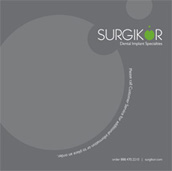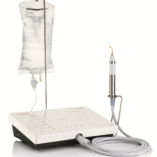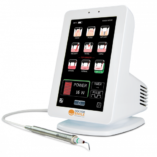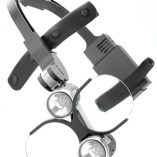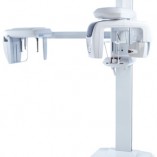Many people who visit a dentist or an oral surgeon to learn more about dental implants may hear the term “sinus lift” and find themselves confused about this procedure. Yet it’s one of the more common ways to make room for dental implants, and an essential element of oral surgery.
As this page helpfully explains, any sinus lift procedure must include a few steps to be called successful:
Your surgeon will cut the gum tissue where your back teeth used to be. The tissue is raised, exposing the bone. A small, oval window is opened in the bone. The membrane lining the sinus on the other side of the window separates your sinus from your jaw. This membrane is gently pushed up and away from your jaw.
Granules of bone-graft material are then packed into the space where the sinus was. The amount of bone used will vary, but usually several millimeters of bone is added above the jaw.
One of the important tools for this process is the sinus lift kit, which is a collection of surgical instruments designed to make the process more seamless from start to finish. Many professionals invest in a motorized device such as our Sinus Master III as well to get all the essential components in a single useful package.
Our sinus advance kits and Sinus Master devices are some of the finest dental instruments in the world. To learn more, please don’t hesitate to reach out to the oral surgery experts at Surgikor with any questions.

